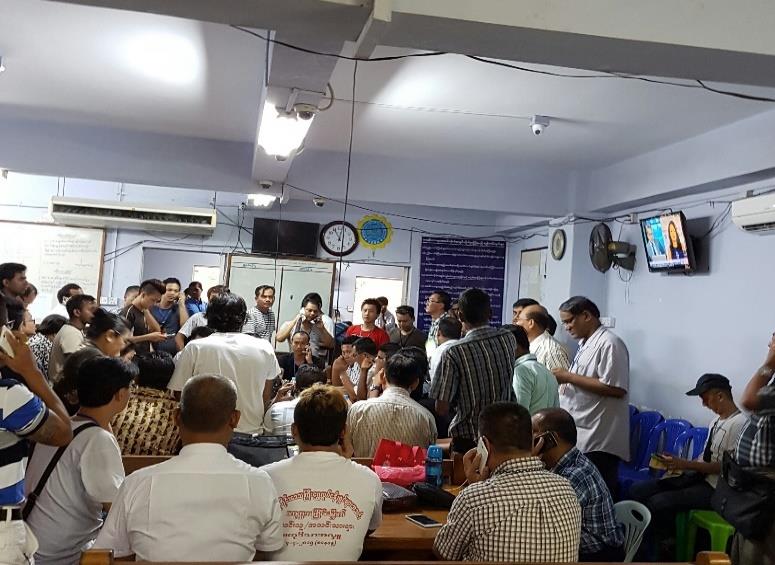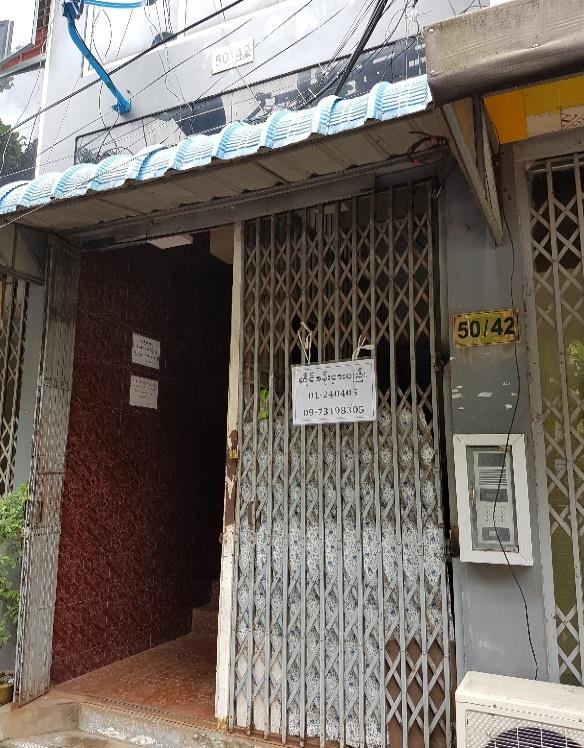Navigate
News List
Singapore Plays Pivotal Role in Building a Sustainable Precious Metals Hub in ASEAN
Read moreMinLaw – Precious Stones and Precious Metals (Prevention of Money Laundering and Terrorism Financing) Bill
Read moreNews List
Singapore Plays Pivotal Role in Building a Sustainable Precious Metals Hub in ASEAN
Read moreMinLaw – Precious Stones and Precious Metals (Prevention of Money Laundering and Terrorism Financing) Bill
Read moreMyanmar Gold Market – Summary Report
6 December 2016
Gold has traditionally been a popular investment in many Asian countries and as a tool of wealth management. The recent slowdown in other markets and industries such as the property market has also pushed local investors to invest in gold as an alternative investment. The gold market in Myanmar remains very liquid but current legislation there expressly prohibits any export of gold from Myanmar.
The supply chain in Myanmar comprises wholesalers, providers, jewellers, retailers, miners and refiners – 4 major refiners and 25 small refiners. Wholesale markets are in Yangon and Mandalay. Three associations support the supply chain: Myanmar Gold Development Public Company, Myanmar Gold Entrepreneurs Association, Yangon Gems & Jewellery Entrepreneurs Association.
However, the infrastructure for gold trading is still not developed. Many activities, including settlement procedures, are currently not regulated. Refining levels are also below international standards (the quality gold is typically 99%, not “Four Nine”). As standardisation is not strict, the purity of gold varies depending on source.
The distribution of gold demand is as follows: store of wealth: 55%; jewellery: 40%; industrial: 5%.


All market players (floor traders) are members of the Myanmar Gold Entrepreneurs Association. The association has about 300 members, who pay a membership fee of 500,000 kyat (US$382) per year. All trades are done by open outcry on the floor. There is no booth, and a pit only on the floor. Traders use mobile phones to contact external parties and as there is no proper clearing system, trades are not recorded. As such, a lot of trust that is placed on each trader. Settlement takes place physically in another location using COD.
Myanmar has an independent gold market, so gold prices are not necessarily determined by international prices. However, trading prices are close to international market prices, and it appears that traders refer to international spot prices at the time of opening as a benchmark, converting it to local units and currency. Besides, international news broadcast on TV gives local players an idea of the international market, which influences trading decisions. During our visit to the Myanmar Gold Entrepreneurs Association, there was a power failure, but surprisingly trading continued under such conditions.
Retail market
Retail gold is traded in Myanmar using local scales (Kattha = 16.3293g, Petha = 1.02058g, Yway lay = 136.078 mg) and the local currency (kyat). Transactions may not be entirely transparent, and prices may differ among shops and in different regions.
Investment in mining
The Myanmar government encourages foreign and local investors to enter the mining sector, but at their own cost and risk. Investors can do this through foreign direct investment or a joint investment with a local company. The Myanmar government also encourages the establishment of refinery plants as well as smelters with the latest technology. Details of investment information are posted on the government’s official website at http://www.mining.gov.mm.
Wholesale market specification
Trading hours 11:00 – 16:30
Minimum trade unit: 1 bar = 10 Kattha = 163.293g
Normal trade size: 1 to 5 bars
Volume of a day trade is about 1 tonne.
US$1 = 1,308 Kyat (30 Nov 2016)
International 1 oz = US$1,327
Myanmar 1 oz = US$1,322
The current infrastructure and supply chain for gold are for domestic trading only as the import and export of gold are currently prohibited under the laws of Myanmar.























